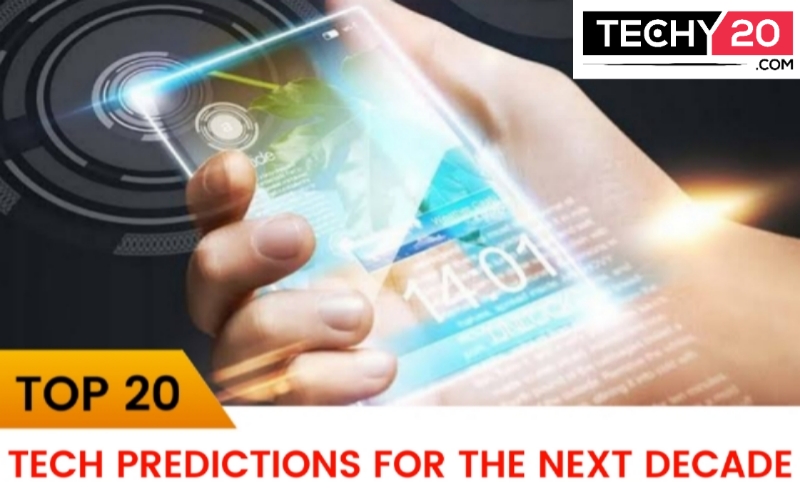As we are about to approach the end of the current decade and look ahead to the next one, it’s natural to wonder what the future of technology holds. Overall, the next decade is likely to see significant advances in a variety of technology fields, with new products and services that have the potential to transform the mode we live and work. From the widespread adoption of 5G and the growth of the gig economy to the continued evolution of artificial intelligence and renewable energy, the next decade promises to be an exciting and transformative one for technology. Here are our top 20 tech predictions for the next decade:

1. 5G Technology
The widespread adoption of 5G technology will revolutionize the way we connect to the Internet and each other. With faster speeds and lower latency, we can expect to see a surge in the use of augmented and virtual reality, as well as the development of new technologies that rely on high-speed connectivity.5G networks, are expected to provide lower latency, faster speeds, and more reliable connections, allowing for a plethora of new applications and services.
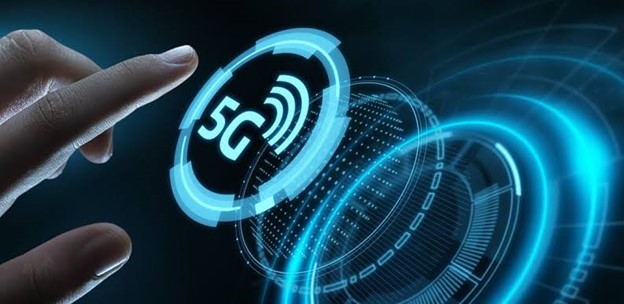
2. Artificial Intelligence
Artificial intelligence will continue to advance, with more and more industries adopting AI to streamline their processes and make better decisions. This will also lead to the developing of new AI-powered products and services that we can’t even imagine yet. Automation and machine learning are two areas where Artificial intelligence is expected to have a significantly impact. As AI systems advance, they can perform many tasks that currently require human intervention, potentially leading to increased efficiency and productivity.
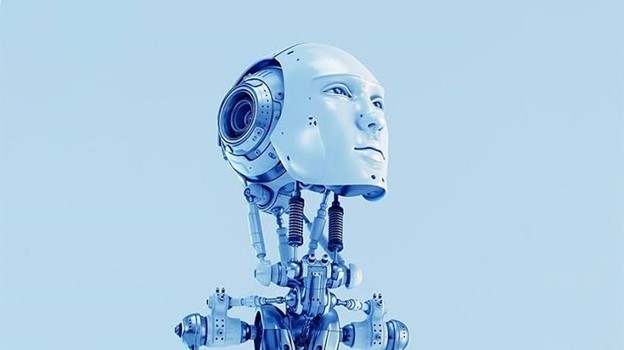
3. The Internet Of Things (IOT)
The Internet of things (IoT) will become even more prevalent, with more and more devices being connected to the Internet. This will enable new possibilities for automation and efficiencies in our homes and workplaces. The Internet of Things is expected to g and expand, with more and more devices connecting to the Internet. This could encompass many gadgets such as smart home appliances, wearable technologies, smart cities, and connected automobiles.
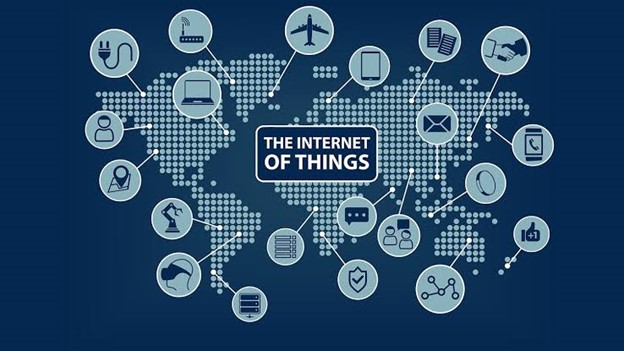
4. Blockchain
Blockchain technology will become more widely adopted, not just in the financial sector but in a variety of industries. This will lead to the development of new decentralized applications and platforms that have the potential to disrupt traditional business models. We can use blockchain technology to allow safe, transparent, and efficient financial transactions, such as currency exchange, asset monitoring, and brilliant contract execution.

5. Autonomous Vehicles
The rise of electric and autonomous vehicles will continue, with more and more people opting for electric cars and self-driving technology becoming more advanced. This will significantly impact transportation and could lead to significant changes in how we live and work. There is rising interest in using self-driving vehicles for various purposes, including personal transportation, ride-sharing, delivery services, and public transportation. Many experts believe that self-driving cars have the potential to change the way we travel by providing a safer, more efficient, and more convenient transportation experience.
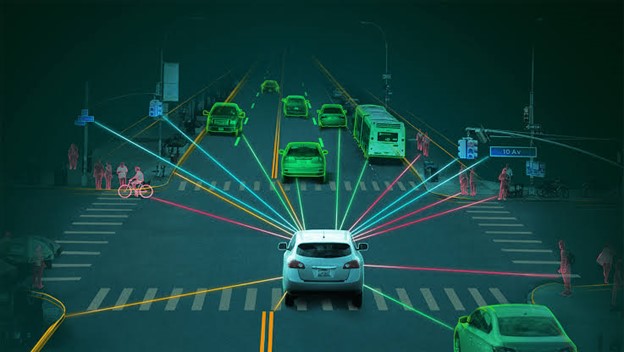
6. Cloud-Based Products And Services
We will see the continued growth of cloud computing, with more and more businesses and individuals relying on cloud-based services to store and access their data and applications. This will also lead to the development of new cloud-based products and services. Cloud-based products and services are expected to act an increasingly important role in the ahead future of technology. Cloud computing enables more flexible and scalable computing resources, allowing businesses and individuals to access and use powerful technology without the need to invest in costly hardware and infrastructure.
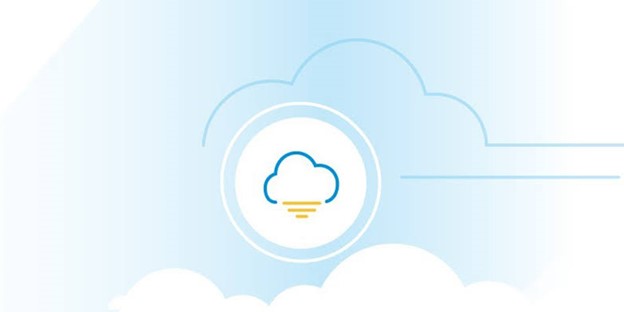
7. Virtual And Augmented Reality
The utilization of virtual and augmented reality will become more widespread, with these technologies being utilized in a variety of industries, including health, gaming, education, entertainment, and healthcare.VR and AR are already being used in the entertainment industry to create immersive and interactive experiences for video games, movies, and other forms of media. As these technologies advance, they are likely to become more widespread and sophisticated, potentially revolutionizing how people consume entertainment.
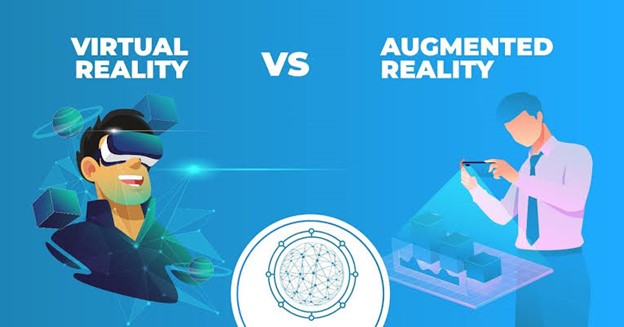
8. Use Of Biometric Authentication
Using biometric authentication, such as fingerprint scanners and facial recognition, will become more common, making it easier and more secure to access our devices and accounts. Biometric authentication has a wide range of applications, including secure facility access control, smartphone and tablet device security, and online banking and other financial operations. Biometric authentication can also be used in conjunction with other authentication methods, such as passwords or security tokens, to add an extra layer of security.
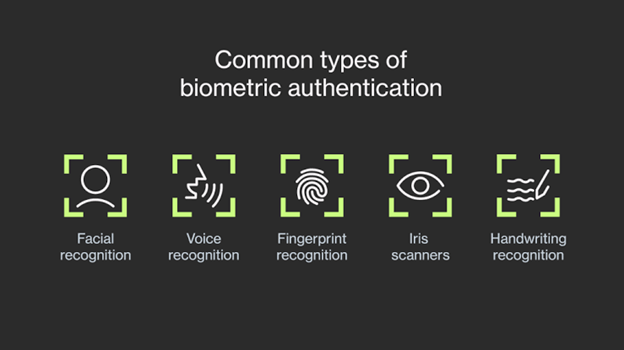
9. Drones
The use of drones will become more widespread, with a variety of applications, including delivery, agriculture, and search and rescue. Drones are used to deliver packages, medical supplies, and other goods to inaccessible or remote locations. Drones with sensors and cameras can be used to monitor and manage crops, livestock, and other agricultural aspects. They can collect data on crop health, soil conditions, and other factors that can be used to improve farming practices.

10. Gig Economy
We will see the continued growth of the gig economy, with more and more people opting for freelance and contract work rather than traditional employment. This will lead to the development of new platforms and tools to support this way of working. According to some experts, the gig economy will continue to expand as more people turn to freelance work as a way to supplement their income or as their primary source of employment. Others believe that the gig economy will eventually stabilize, with fewer people relying on it as their primary source of income and more people returning to traditional jobs.

11. Use Of Renewable Energy
The use of renewable energy will become more widespread, with more people and businesses opting for wind, solar, and other renewable sources of energy. This will also lead to the development of new technologies to store and distribute renewable energy. One of the primary advantages of renewable energy is that it emits fewer greenhouse gases than fossil fuels. This is significant because these emissions contribute significantly to climate change, which has a significant impact on the Earth’s climate and ecosystems.

12. Bioprinting
The use of bioprinting and other forms of 3D printing will become more widespread, with a variety of applications, including the production of food, clothing, and medical devices. In the future, bioprinting will be able to produce functional organs for a variety of medical applications, such as organ replacement, drug testing, and tissue engineering for research purposes. While significant progress has been made in the field of bioprinting, it is still in its infancy, and it is difficult to predict when functional organs will be available for transplantation.
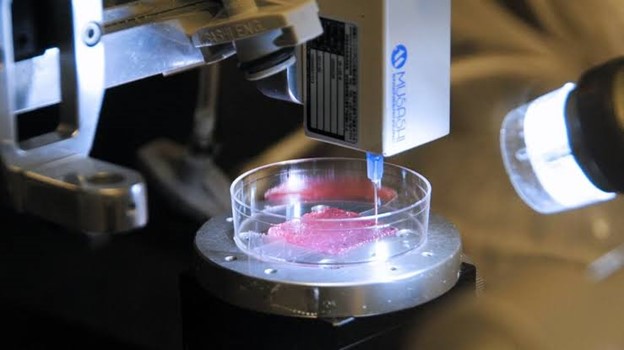
13. Use Of Robotics
The usage of robotics In manufacturing and other industries will continue to grow, leading to increased efficiency and the development of new robotics technologies. Robotics is already widely used in manufacturing and industry, and this trend is expected to continue. Robots can work quickly and accurately, and they can operate in potentially dangerous environments for humans.
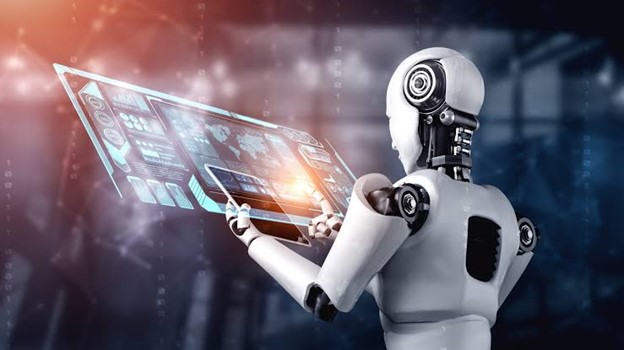
14. Use Of Quantum Computers
The use of quantum computers will become more widespread, leading to significant advances in fields such as drug discovery and financial modeling. Quantum computers are an exciting technology that has the potential to transform many fields by providing a new level of computational power. While quantum computers are still in their stage of infancy, they have the potential to solve particular problems much faster than traditional computers.

15. Nanotechnology
The use of nanotechnology will continue to advance, with a variety of applications, including in the production of materials and in medicine. Nanotechnology is the manipulation and engineering of materials and devices at the nanoscale, which ranges in size from 1 to 100 nanometers. This field has the potential to revolutionize many areas of science and technology in the future, with numerous applications.

16. Virtual Assistants
The use of virtual assistants, such as Amazon’s Alexa and Apple’s Siri, will become even more prevalent with the development of new voice-controlled products and services. Virtual assistants are expected to evolve and become more sophisticated in the future. They can perform more complex tasks more seamlessly and intuitively, such as making decisions or interacting with other digital systems. Virtual assistants may also become more popular, with more people relying on them to assist them with various aspects of their daily lives.
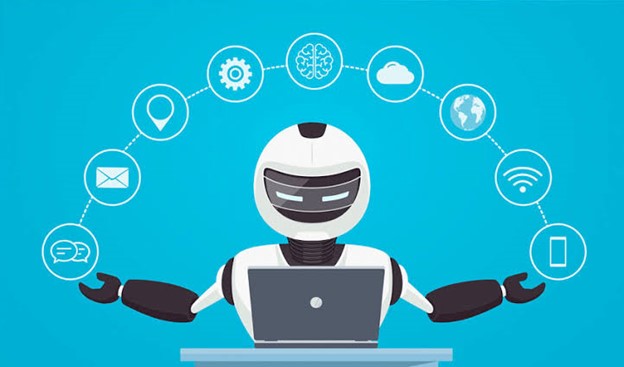
17. Gene Editing Technology
The use of gene editing technologies, such as CRISPR, will continue to advance, with a variety of applications in fields such as agriculture and medicine. Gene editing technology could also be used in agriculture to create crops that are more resistant to pests and diseases and have higher nutritional value. Gene editing may be used in environmental conservation to restore or preserve endangered species or to remediate polluted ecosystems.
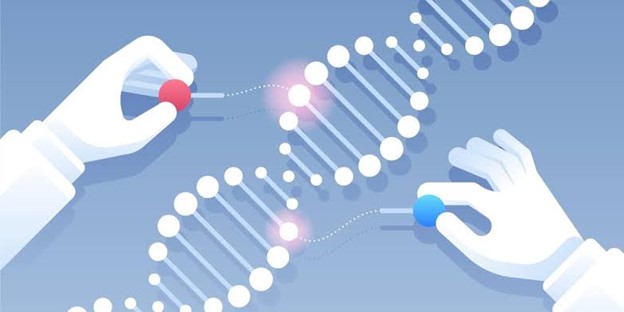
18. Virtual Currency And The Modern World
The usage of virtual currencies, such as Bitcoin and Ethereum, will continue to grow and evolve with the development of new decentralized financial platforms and the potential for these currencies to become more mainstream. Virtual currencies have grown in popularity in recent years due to their ability to facilitate quick and cheap transactions while also providing users with anonymity. Bitcoin, Ethereum, and Litecoin are examples of popular virtual currencies.
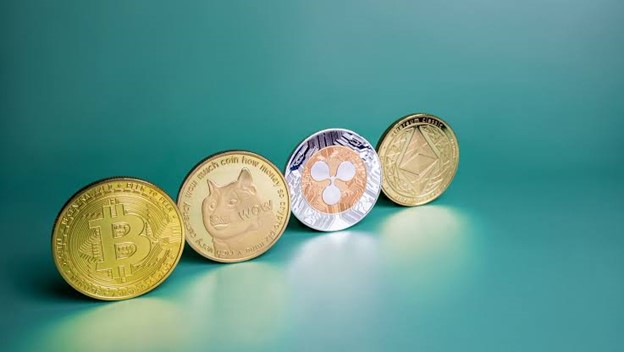
19. 3D Printing Construction
The usage of 3D printing In construction will become more widespread, leading to the development of new building materials and the possibility of entire printing buildings. The production of prefabricated building components like walls, floors, and roofs is one potential application of 3D printing in construction. These components can be customized and printed in a variety of materials, including concrete, plastic, and metal, to meet the specific needs of a project. This can reduce construction time and costs while also improving the overall quality and durability of the finished building.
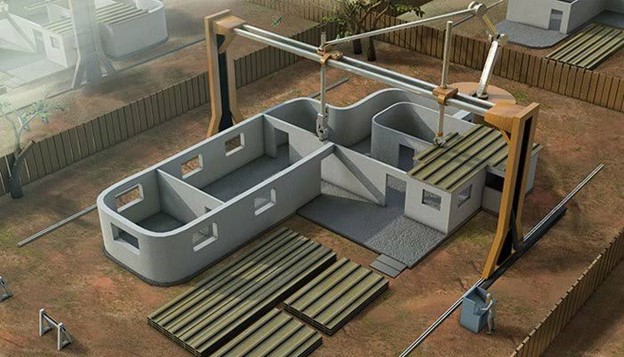
10. Wearable Technology
The use of wearable technology will continue to grow with the development of new smartwatches, fitness trackers, and other wearable devices that can monitor our health and improve our daily lives. Wearable devices frequently collect and transmit sensitive personal data, which must be handled responsibly and in accordance with applicable laws and regulations. As the use of wearables grows, it will be critical to ensure that adequate safeguards are in place to protect users’ privacy and security.


